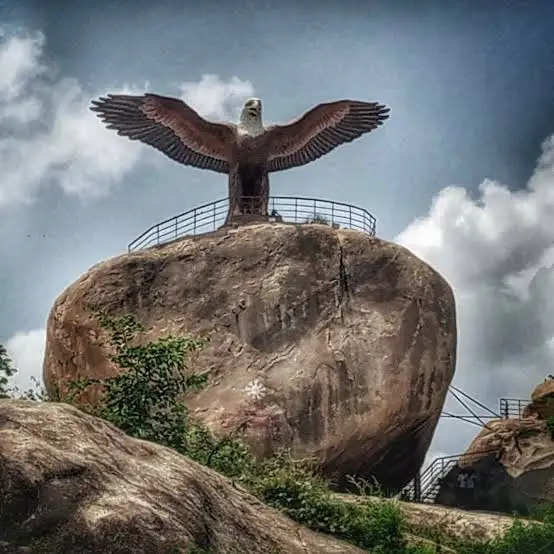Know About Tracking the Trail of Jatayu

It was that crucial moment so much talked about in the old epic called Ramayana, wherein quite several places inside India can claim this same fall. Let us sum up the judgment which would be further proven with the help of geographical and narrative evidence found in Ramayana:
Narrative Points:

Rescue Attempted and Obstacles: Kidnapping takes place when an attempt to rescue Sita at Panchavati; strong Ravana wins over.
Death and Funeral of Jatayu: Rama and Lakshmana come upon the dying Jatayu and later cremate the body near the Godavari River.
Sita's Jewels: She lost them on her way to Kishkinda, and that proves that the way taken by Ravana could not have skipped the place.
Discussion of Proposed Locations:
1. Lepakshi, Andhra Pradesh
Problems
Towards south of Kishkinda which is a contravention of the tale wherein Jatayu had fallen before reaching Kishkinda
Away from the Godavari River (~550 km).
Conclusion: This does not correspond to the text of Ramayana.
2. Chadayamangalam (Kerala):
Objections
More than ~ 700 km away from Kishkinda, it is geographically impossible.
Far off Godavari
Conclusion: Relates to Sampaati brother of Jatayu but not the fall of Jatayu
3. Dharashiv (Osmanabad, Maharashtra):
Strength
Above Kishkinda and at the confluence with Ravana path
Near to Godavari (~100 km)
Weakness
More than ~300 km from Panchavati, which would be far away than it need have been.
Verdict: A likely contender, but not the strongest contender.
4. Taked (Maharashtra):
Strengths:
Nearest to Panchavati (~33 km).
Almost next to the Godavari River (~33 km).
Supporting local faith and the existence of a Jatayu temple, Sarv Teerth Jatayu Mandir.
Verdict: Strongest case both based on mythological as well as geographical basis.
Conclusion:
The most plausible area for the falling of Jatayu concerning distance to Panchavati, Godavari River, and further also concerning alignment of the place with the sequence of Ramayana seems to be the Taked in Maharashtra. Other places are so significant culturally, and yet in textual evidence, this is not so much.
Further digging into local traditions and archaeological studies on these areas will add much more clarity to these theories.



